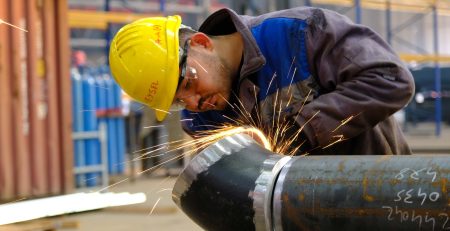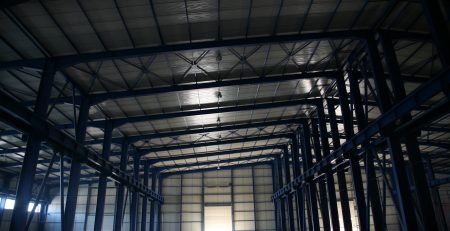Introduction
In today’s rapidly evolving industrial landscape, speed and reliability are no longer optional — they’re essential. Prefabricated steel buildings offer a powerful combination of fast construction timelines, structural integrity, and long-term value. Whether for warehouses, manufacturing plants, or logistics centers, prefabricated steel is reshaping how businesses build.
1. What Are Prefabricated Steel Buildings?
Prefabricated steel buildings, also known as pre-engineered steel structures, are manufactured off-site in a controlled environment and assembled quickly at the construction site. This approach drastically reduces construction time and minimizes weather-related delays.
2. Key Benefits of Prefab Steel Solutions
- Speed of Construction: Components are pre-manufactured, allowing for rapid on-site assembly. Projects that would take months can be completed in weeks.
- Structural Durability: Steel offers excellent resistance to fire, seismic activity, pests, and corrosion.
- Cost Efficiency: Reduced labor, minimal waste, and quicker occupancy result in overall lower project costs.
- Customization: Modular designs can be tailored to fit specific operational needs, from small storage units to expansive industrial facilities.
3. Common Applications Across Industries
- Warehouses and distribution centers
- Production and assembly plants
- Hangars and agricultural buildings
- Retail and commercial structures
4. Sustainability and Reusability
Steel is 100% recyclable, making prefabricated steel buildings an environmentally friendly choice. Many components can also be disassembled and reused, adding value over time.
Conclusion
Prefabricated steel buildings provide a fast, durable, and flexible solution for modern construction needs. As industries prioritize time-to-market and long-term investment value, steel prefab structures are proving to be the smart choice for forward-thinking businesses.



